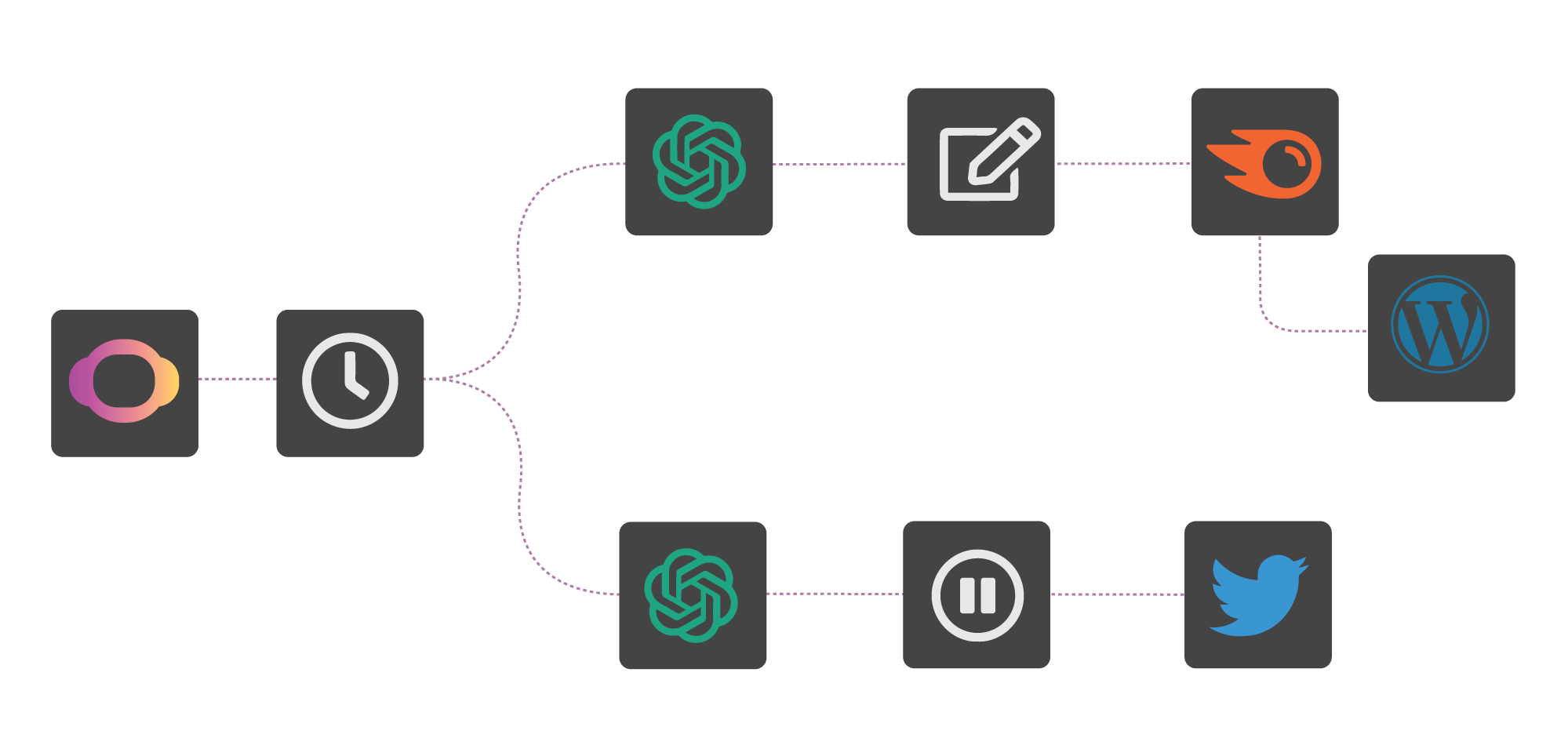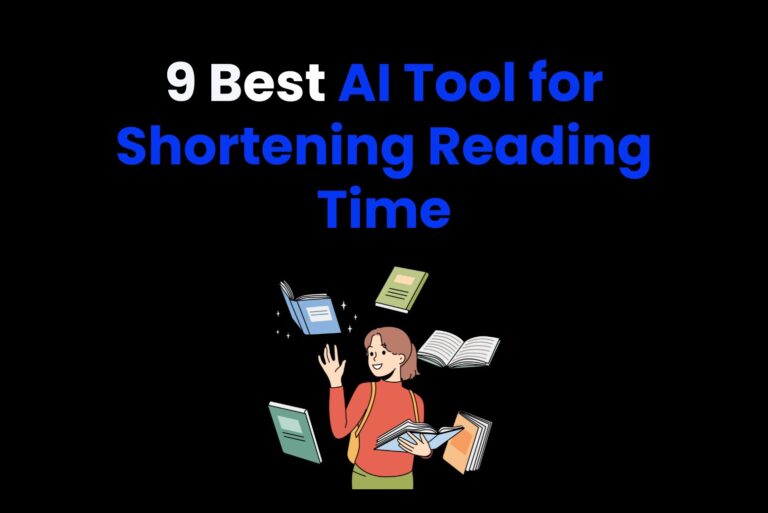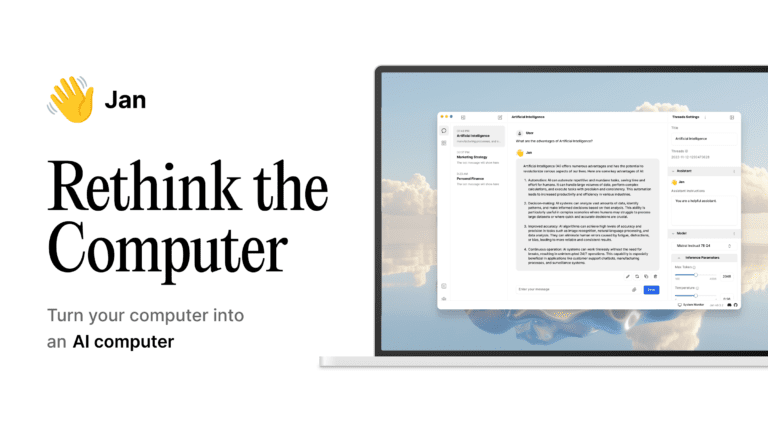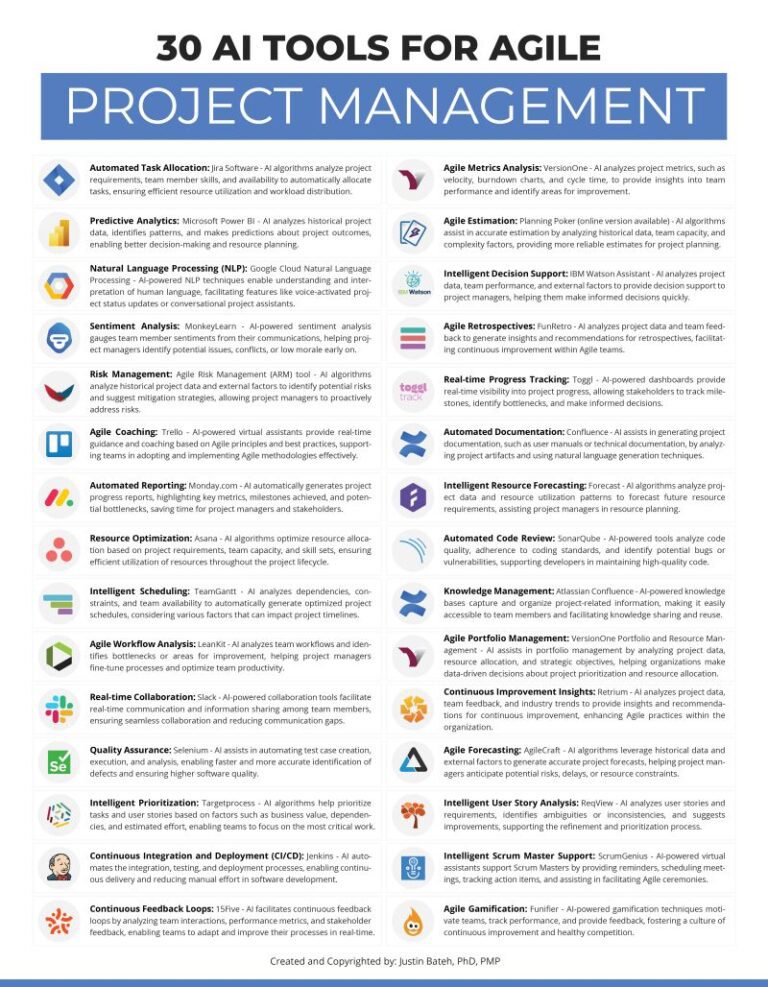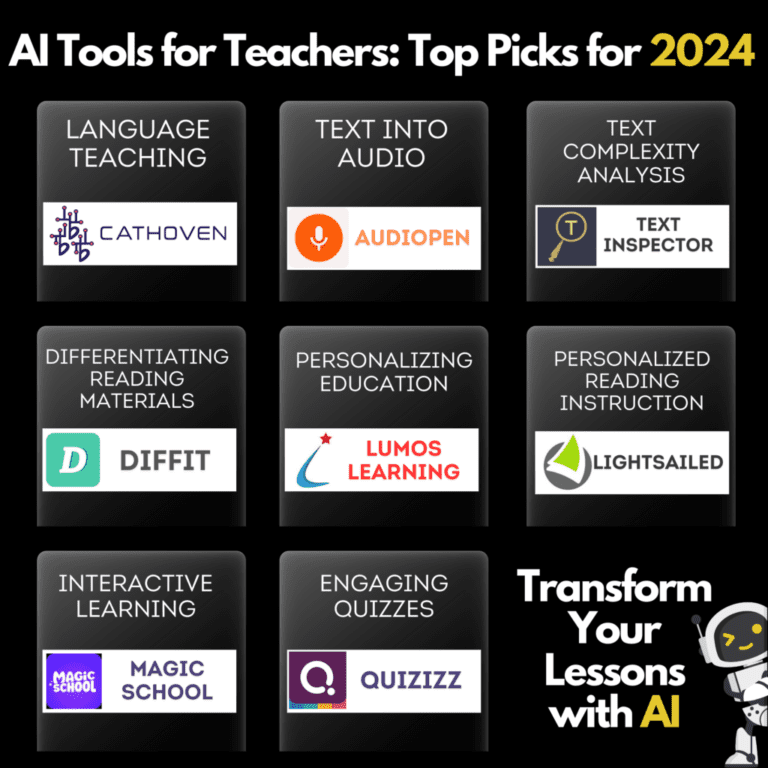Create an Automatic Workflow With AI Tools: Streamline Now!
Creating an automatic workflow with AI tools involves defining specific tasks and integrating suitable AI applications. This setup streamlines processes, reduces errors, and enhances productivity.
The rise of AI technology has transformed how businesses operate. Automating workflows allows teams to focus on strategic tasks rather than repetitive duties. By leveraging AI tools, organizations can enhance efficiency and improve accuracy. These systems can handle everything from data entry to customer support, freeing up valuable time for employees.
Integrating AI into workflows not only boosts productivity but also fosters innovation. Companies that embrace automation can adapt more quickly to changes in the market. Understanding how to create an effective automatic workflow can significantly impact business success. This guide will explore the steps to implement AI-driven processes seamlessly.
Introduction To AI In Workflow Automation
AI tools are changing how we work. They help automate tasks quickly. This means less time spent on boring work. Businesses can focus on what really matters. Workflow automation powered by AI is the future.
The Rise Of AI
AI is growing rapidly. Companies are using AI tools to boost productivity. Here are some key points:
- AI can process data faster than humans.
- It reduces human error in tasks.
- AI learns and improves over time.
- It can handle repetitive tasks easily.
Benefits Of Automated Workflows
Automated workflows offer many advantages. Here are some benefits:
- Increased Efficiency: Automating tasks saves time.
- Cost Savings: Less manual labor means lower costs.
- Consistency: AI ensures tasks are done the same way.
- Scalability: Easy to expand as business grows.
Using AI in workflows improves overall performance. It allows teams to focus on creative tasks. Embrace AI tools for better efficiency.

Credit: agilayer.com
Identifying Repetitive Tasks
Identifying repetitive tasks is essential for creating an automatic workflow. These tasks consume time and energy. Automating them can boost productivity and free up valuable resources.
Mapping Out Daily Operations
Start by mapping out daily operations. Break down tasks into clear steps. Use a simple format to visualize your workflow:
| Task | Frequency | Time Spent |
|---|---|---|
| Email responses | Daily | 1 hour |
| Data entry | Weekly | 3 hours |
| Social media posting | Daily | 30 minutes |
This table helps visualize tasks. Identify which tasks occur frequently. Note the time spent on each task.
Spotting Bottlenecks And Repetitive Work
Look for bottlenecks in your workflow. Bottlenecks slow down operations. Common areas include:
- Manual data entry
- Frequent email replies
- Repetitive report generation
List repetitive tasks. Focus on automating these tasks. Automation tools can handle:
- Email management
- Data processing
- Content scheduling
Automating these tasks saves time. It allows you to focus on high-value activities. Identify and tackle repetitive tasks for a smoother workflow.
Choosing The Right AI Tools
Finding the right AI tools is crucial for creating automatic workflows. The right tools help streamline tasks. They save time and boost productivity. This section will guide you through the selection process.
Criteria For Selection
Selecting AI tools requires careful consideration. Here are key criteria to keep in mind:
- Ease of Use: Tools should be user-friendly.
- Integration: Ensure they work with existing systems.
- Cost: Compare pricing options and features.
- Scalability: Choose tools that grow with your needs.
- Support: Look for responsive customer service.
Top AI Tools For Automation
Here are some of the best AI tools for automation:
| Tool Name | Description | Best For |
|---|---|---|
| Zapier | Connects apps and automates workflows. | Businesses of all sizes. |
| Integromat | Visual automation tool for complex tasks. | Advanced users and developers. |
| IFTTT | Simple automation for everyday tasks. | Personal use and small businesses. |
| UiPath | Robotic process automation for enterprises. | Large organizations. |
Consider these tools based on your specific needs. Each tool has unique features. Evaluate them against your criteria for the best fit.
Integrating AI with Existing Systems
Integrating AI tools with your current systems can boost productivity. It streamlines tasks and enhances decision-making. Knowing how to connect them is essential for success.
Compatibility Considerations
Before integration, check if your systems are compatible. Here are key aspects:
- APIs: Ensure your AI tool has a well-documented API.
- Data Formats: Verify that your data formats align.
- Security: Assess security measures for data protection.
- Scalability: Choose tools that grow with your needs.
Seamless Integration Strategies
Implementing AI smoothly requires careful planning. Consider these strategies:
- Start Small: Test with a pilot project first.
- Use Middleware: This can bridge different systems.
- Engage Stakeholders: Involve teams in the process.
- Monitor Performance: Track integration success regularly.
| Strategy | Description |
|---|---|
| Start Small | Begin with a simple use case to limit risks. |
| Use Middleware | Connect systems without heavy coding. |
| Engage Stakeholders | Get input from all relevant teams. |
| Monitor Performance | Check metrics to ensure goals are met. |
Integrating AI tools can transform your workflows. Choose strategies that suit your organization. This leads to better efficiency and results.
Designing The Automated Workflow
Creating an effective automated workflow is essential. It streamlines tasks and saves time. Use AI tools to enhance productivity. Let’s dive into the key steps for designing a seamless workflow.
Setting Rules And Parameters
Clear rules guide the automated workflow. Define what actions trigger responses. Identify the specific parameters for each task.
- Action Triggers: These initiate workflows.
- Conditions: Specify when actions should occur.
- Timeframes: Set deadlines for tasks.
Use the following table to outline the rules:
| Rule | Action | Condition |
|---|---|---|
| New Email | Send Notification | If unread |
| Task Deadline | Send Reminder | If due in 2 days |
Building A User-friendly Interface
A user-friendly interface is crucial. It helps users navigate the automated workflow easily. Focus on simplicity and clarity.
- Intuitive Design: Make buttons and options clear.
- Visual Cues: Use icons to aid understanding.
- Feedback Mechanism: Provide users with instant responses.
Consider these points for a better interface:
- Use bright colors for important actions.
- Group similar tasks together.
- Limit the number of clicks to complete actions.
Test the interface with real users. Gather feedback to make improvements.

Credit: www.businesswire.com
Training AI for Optimal Performance
Training AI properly is essential for its success. This process enhances its ability to perform tasks efficiently. Focus on feeding quality data and continuous learning. These steps ensure that AI operates at its best.
Data Feeding And Machine Learning
Quality data is the backbone of AI training. It helps the AI understand patterns and make decisions. Here’s how to effectively feed data:
- Collect Diverse Data: Use various sources for a comprehensive dataset.
- Clean the Data: Remove errors and inconsistencies for better accuracy.
- Label Data: Clearly define categories for supervised learning.
- Monitor Data Quality: Regularly check for updates and changes.
Machine learning algorithms then use this data. They learn from examples to make predictions or decisions.
Continuous Improvement And Learning
AI needs ongoing training to stay relevant. Continuous improvement keeps it sharp. Focus on these key areas:
- Regular Updates: Refresh the dataset with new information.
- Feedback Loops: Implement systems to gather user feedback.
- Performance Metrics: Track success rates and areas for improvement.
- Adapt Algorithms: Fine-tune algorithms based on performance data.
These practices ensure that AI learns and adapts over time. The goal is to enhance its accuracy and efficiency.
Monitoring And Maintenance
Creating an automatic workflow with AI tools requires proper monitoring and maintenance. Regular checks ensure smooth operation. Keeping track of performance can help spot issues early. This section covers essential aspects of monitoring and maintenance.
Tracking Performance Metrics
Monitoring performance metrics allows you to evaluate your AI workflow. Key metrics include:
- Response Time: How fast does the AI respond?
- Accuracy: How correct are the AI’s outputs?
- Uptime: How often is the system running?
- User Engagement: How many users interact with the tool?
Use tools like Google Analytics or custom dashboards to track these metrics. Create a table for easy reference:
| Metric | Description | Ideal Value |
|---|---|---|
| Response Time | Time taken to respond | Less than 2 seconds |
| Accuracy | Correct outputs | Above 90% |
| Uptime | Operational hours | 99.9% |
| User Engagement | Active users | Consistent growth |
Regular Updates And Troubleshooting
Keeping your AI tools updated is crucial. Regular updates fix bugs and enhance features. Schedule updates weekly or monthly based on your tool’s needs.
For troubleshooting:
- Check logs for errors.
- Test system performance regularly.
- Gather user feedback for improvements.
- Review and adjust configurations as needed.
Use a checklist to ensure all maintenance tasks are completed:
- Check for software updates.
- Review performance metrics.
- Backup data regularly.
- Document any changes made.
Regular monitoring and maintenance keep your AI workflow efficient and effective.
Real-world Examples And Case Studies
Exploring real-world examples helps illustrate the power of AI tools. Many businesses have transformed their operations using automatic workflows. These stories highlight successes and lessons learned from failures.
Success Stories
Many organizations have successfully integrated AI tools into their workflows. Here are a few standout examples:
- Company A: Implemented AI chatbots for customer service. This reduced response time by 60%.
- Company B: Used AI for marketing automation. They saw a 30% increase in sales within three months.
- Company C: Automated data entry tasks. This saved 20 hours per week for employees.
| Company | AI Tool Used | Result |
|---|---|---|
| Company A | AI Chatbots | 60% faster response time |
| Company B | Marketing Automation | 30% sales increase |
| Company C | Data Entry Automation | 20 hours saved weekly |
Lessons Learned From Failures
Not every attempt at automation succeeds. Here are some valuable lessons:
- Underestimating Training: Employees need training to use new tools effectively.
- Ignoring User Feedback: User input is crucial for successful implementation.
- Overcomplicating Processes: Simple solutions often work best. Complex systems can confuse users.
These failures teach the importance of careful planning. Learning from mistakes can lead to better results in the future.
Future Trends In AI Workflow Automation
The future of AI workflow automation is bright. Companies embrace AI tools to enhance productivity. Automation will transform how we manage tasks. New trends will shape this field in exciting ways.
Predictive Analytics
Predictive analytics uses data to forecast future events. It helps businesses make informed decisions quickly.
- Identifies patterns in large datasets.
- Improves decision-making processes.
- Reduces risks by anticipating issues.
For example, a retail store can predict which products will sell. This insight helps in inventory management. Companies save time and money.
Adaptive Ai Systems
Adaptive AI systems learn from data over time. They adjust to new information and improve performance.
- Enhance the user experience by personalizing services.
- Respond to changes in real time.
- Support complex decision-making processes.
These systems become smarter with each interaction. Businesses can better meet customer needs. This trend will drive innovation in various industries.
| Trend | Benefits |
|---|---|
| Predictive Analytics | Better decision-making, risk reduction, and efficient resource use. |
| Adaptive AI Systems | Personalization, real-time response, and improved efficiency. |
Embracing these trends will lead to smarter workflows. Businesses will thrive in an increasingly automated world.
Conclusion: Transforming Business With AI
AI tools are changing how businesses operate. They help automate tasks, save time, and reduce errors. Companies can focus on growth and innovation. An automatic workflow using AI tools can boost efficiency and productivity. Let’s explore key takeaways and how to get started.
Recap Of Key Takeaways
- Automation reduces manual tasks and frees up time.
- AI tools enhance decision-making with data-driven insights.
- Workflows become more efficient and less error-prone.
- Businesses can scale operations quickly.
- AI improves customer experience through personalization.
Getting Started With Your Own AI Workflow
Starting your journey with AI is simple. Follow these steps:
- Identify tasks that need automation.
- Choose AI tools that fit your needs.
- Set clear goals for what you want to achieve.
- Integrate AI tools with existing systems.
- Train your team to use new tools.
- Monitor performance and make adjustments.
Consider a simple table to help visualize steps:
| Step | Description |
|---|---|
| 1 | Identify tasks for automation |
| 2 | Choose suitable AI tools |
| 3 | Set clear objectives |
| 4 | Integrate with current systems |
| 5 | Train your employees |
| 6 | Monitor and adjust |
Embracing AI tools can revolutionize your business. Start today and watch your productivity soar!
Frequently Asked Questions
How Do AI Tools Automate Workflows?
AI tools automate workflows by streamlining repetitive tasks. They analyze data, generate insights, and manage processes efficiently. By integrating with existing systems, they reduce manual effort and enhance productivity. This allows teams to focus on strategic tasks rather than mundane activities, ultimately improving overall efficiency.
What Are The Benefits Of Using AI in Workflows?
Using AI in workflows offers numerous benefits. It increases efficiency by automating routine tasks and reduces errors. AI also provides valuable insights through data analysis, enabling better decision-making. Additionally, it enhances collaboration among team members by ensuring seamless communication and task management.
Which AI Tools Are Best For Workflow Automation?
Some of the best AI tools for workflow automation include Zapier, Integromat, and Microsoft Power Automate. These tools integrate seamlessly with various applications, allowing for easy automation of tasks. They offer user-friendly interfaces and robust functionalities, making them suitable for businesses of all sizes.
Can Small Businesses Benefit From AI Workflow Automation?
Yes, small businesses can greatly benefit from AI workflow automation. It helps them save time and reduce operational costs. By automating repetitive tasks, small teams can focus on growth and innovation. This can lead to increased competitiveness and improved customer satisfaction in a crowded market.
Conclusion
Automating workflows with AI tools can save time and enhance productivity. By implementing these technologies, you streamline tasks and focus on what truly matters. Embrace the future of work with automation, and watch your efficiency soar. Start exploring AI solutions today to transform your workflow and achieve remarkable results.
